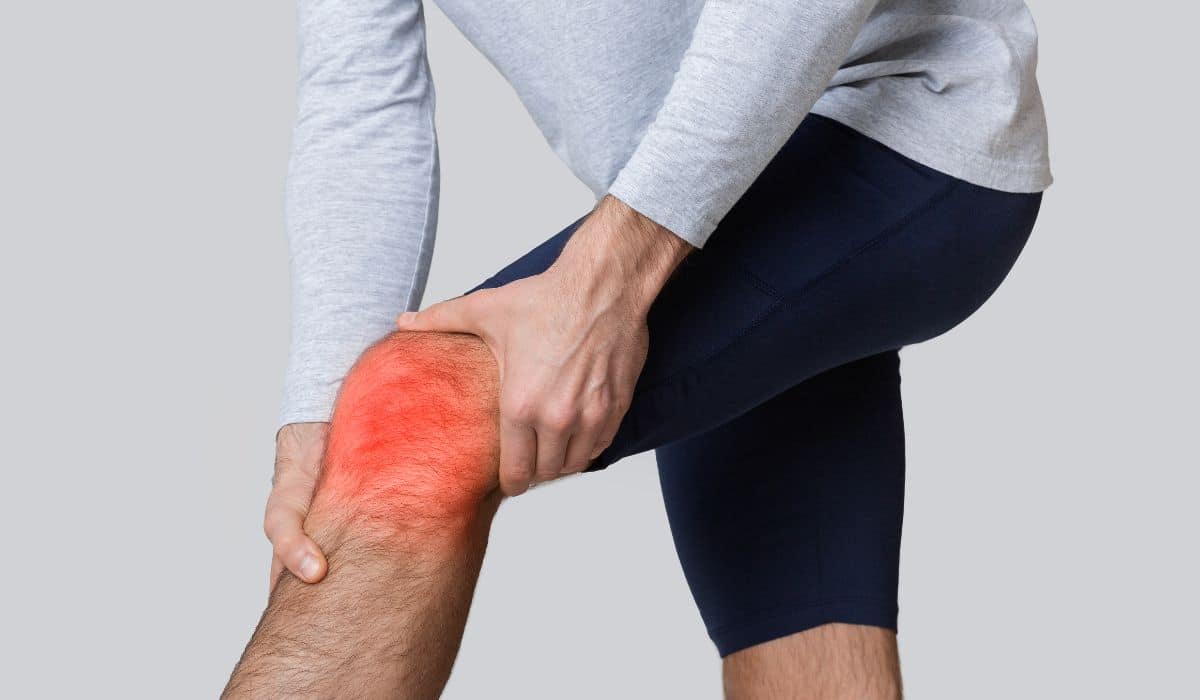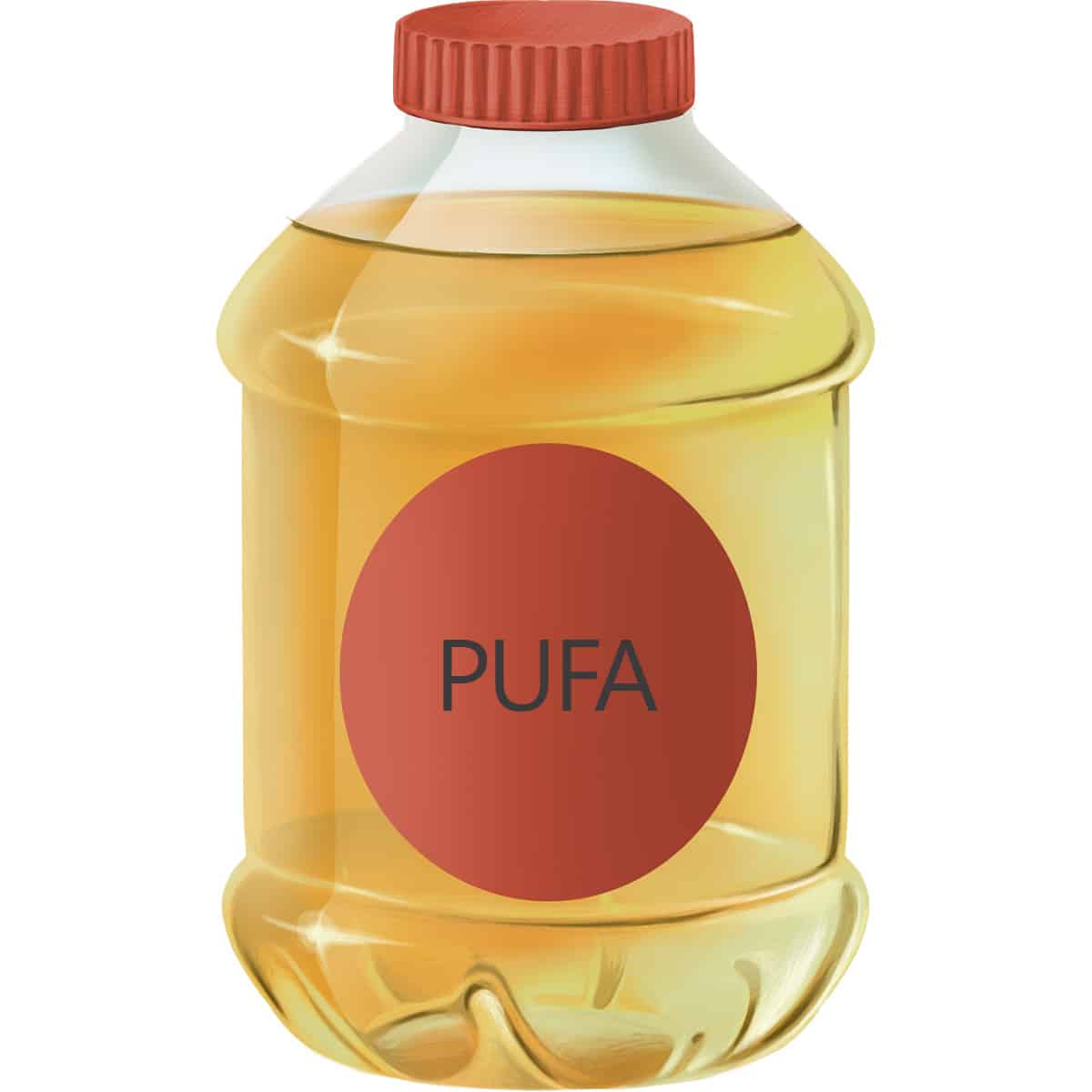
How many times have you seen something criticized as “inflammatory”? From Omega-6 fats to stress to sugar, everything bad seems to cause inflammation – but what actually is inflammation and why is it such a problem? And if it’s so dangerous, why do our bodies keep doing it in response to everything they don’t like?
Here’s a run-down in plain language of how inflammation works and why it can be dangerous.
Inflammation: It’s Not All Bad
Think of what happens when you get a splinter: if you leave the splinter in there, the whole area turns red and gets a little puffy. That’s inflammation at work, but it’s not actually bad news; it’s just your immune system essentially rushing help to the area to fight any viruses or bacteria that might have gotten in. In the case of a cut or splinter, you want that help there: it’ll keep any pathogens out of your body so they won’t make you sick. That inflammation is a good thing.
With a physical injury, if you leave the spot alone and don’t irritate it any further, the swelling will go down and everything will go back to normal. In fact, sometimes it even gets back to better than normal. For example, exercise actually injures your muscles and provokes an inflammatory response, but your body heals the injury and bounces back stronger than it was before.
Inflammation: Sometimes it Is That Bad
But now imagine if you kept stabbing yourself with splinters in the same spot, or kept training every single day without getting enough rest time to let your body repair between workouts. The inflammation would never go down, because you’d constantly be re-injuring yourself.
That’s exactly what happens if you keep irritating your gut lining (for example, with foods you’re sensitive to). The injury is constantly being repeated, three meals a day (or more, if you’re a snacker), 365 days a year.
Other sources of chronic inflammatory stress include:
- Psychological stress (a job you hate, money problems, social isolation, unemployment, caring for a loved one with a serious disease…)
- Excess Omega-6 fats (read: soy and soy products, peanut oil, excess nuts) or inadequate Omega-3s.
- Sleep deprivation
All of these things are serious stressors, and if they’re constant presences in your life, they’re causing chronic inflammation. If the inflammation is in your gut, you might not see it the way you see a splinter on your finger, but it’s still there, gumming up the works. Think of the way your whole joint swells up and gets stiff when you get a splinter in your knuckle: it just doesn’t work right. Now imagine your gut trying to work when it’s all inflamed like that, all the time. You might not see the problem, but it’s still there.
The root problem here is the injury. Inflammation is just a symptom. It’s the sign of a perfectly healthy body reacting in a perfectly normal way to chronic, repeated injury. Your body is doing everything right; it’s just taking a beating that’s too hard for it to really deal with.
But if that symptom continues for too long, it can also become a problem in its own right.
Inflammation: More than a Symptom
Acute inflammation isn’t a problem. If the inflammatory response flares up and then dies down, there’s nothing to worry about. But chronic inflammation can actually be a symptom that causes problems of its own.
Sometimes it’s hard to tell the cause from the effect: most chronic diseases come along with inflammation, but is it the inflammation that causes the disease, or the disease that causes the inflammation? But for at least a few, there’s some evidence that inflammation is actually the cause.
For example, cytokines are an important part of the immune reaction to infections, inflammation, and injuries of all kinds. But some of them are proinflammatory. Proinflammatory cytokines and chronic inflammation can make all kinds of diseases worse. Just to name a few…
- Alzheimer’s Disease
- Depression
- Cancer
- Obesity and diabetes: obesity-induced inflammation contributes to the development of diabetes, and diabetes does nothing for your weight.
If chronic inflammation just stopped everything from working quite right, it would be bad enough – but contributing to all kinds of chronic diseases takes it up a level from worrying to a serious problem.
Summing it Up

When it’s a one-time thing, inflammation is nothing to worry about. In fact, it's necessary; you wouldn't be able to recover from injuries without it. If you have time to recover between bouts of inflammatory activity, it can even be beneficial (although not all inflammation is good for you: you won’t make your gut stronger by eating gluten the way you can make your legs stronger by doing squats).
But when it’s chronic, inflammation gets to be a serious problem in its own right. It makes you feel lousy, it stops your body from working as well as it could, and it can also contribute to other problems (like insulin resistance or metabolic syndrome) down the line.
The solution: don’t let your life fill up with inflammatory stressors!
- From a diet perspective, limit Omega-6 fats, excess sugar, and refined carbs. Get enough Omega-3s. (Preferably from actual fish, not fish oil supplements).
- Find some way to manage psychological and social stress so it isn’t preying on your mind.
- Give yourself plenty of rest time between workouts. Remember: workouts don’t make you stronger. Workouts make you weaker, because they injure your muscles. Recovery from workouts makes you stronger.
- Take care of your gut flora. Unhappy gut flora are an inflammation bomb waiting to happen.
- Get plenty of antioxidants from fresh fruits and vegetables (no need for antioxidant supplements; diet will do you just fine).
This isn’t a call to start shunning pork and chicken and popping fish oil pills at every meal. Human bodies are surprisingly resilient when they need to be, and going on a crusade against every potential source of inflammation would just be causing you more stress than it’s worth. But being aware of what inflammation is and how to prevent it can help you understand why certain foods are Paleo or not – and how to tweak your diet to your own advantage.





Leave a Reply